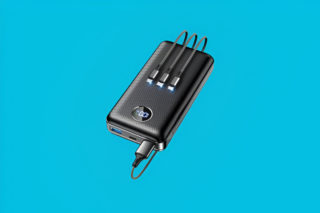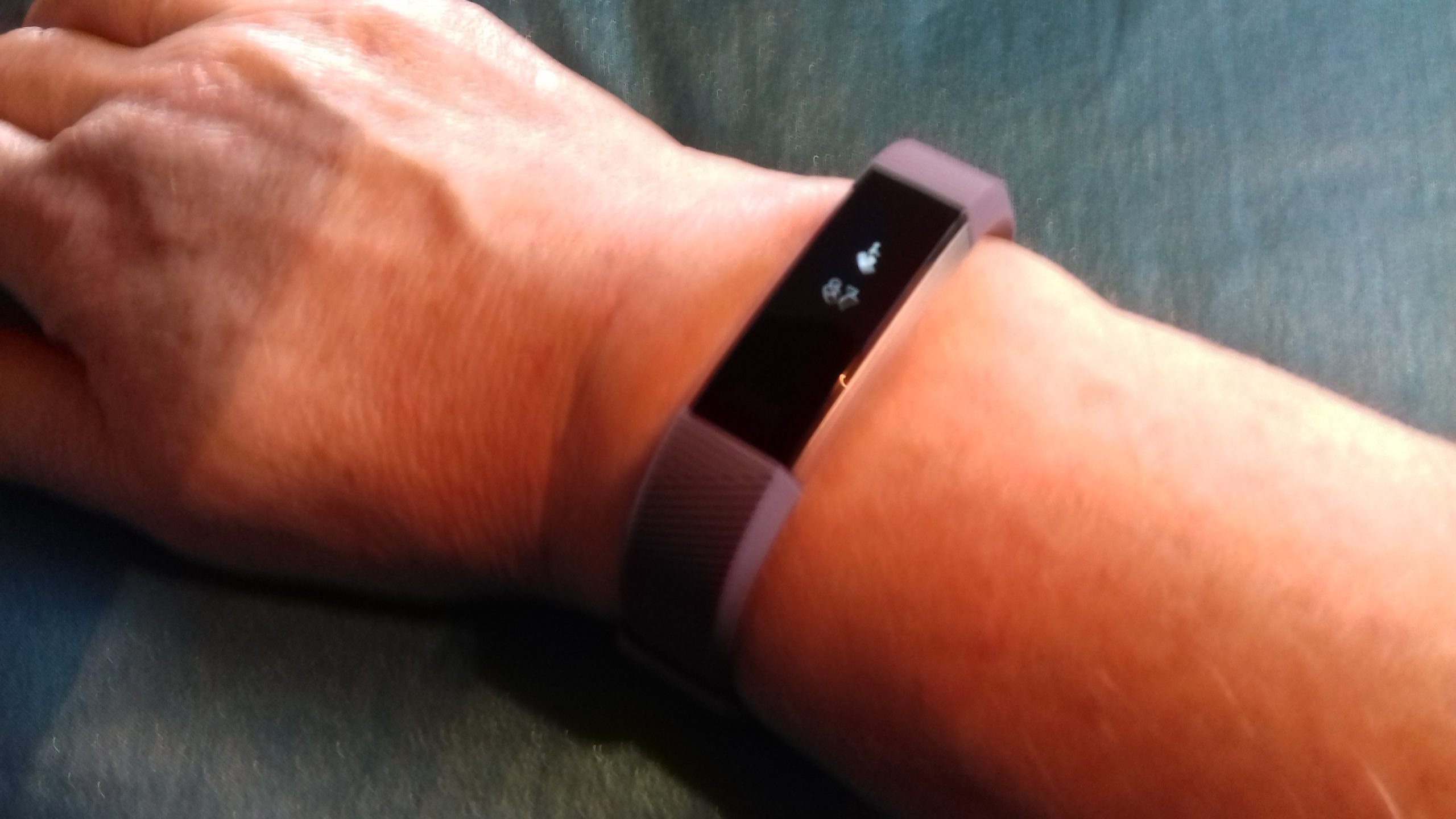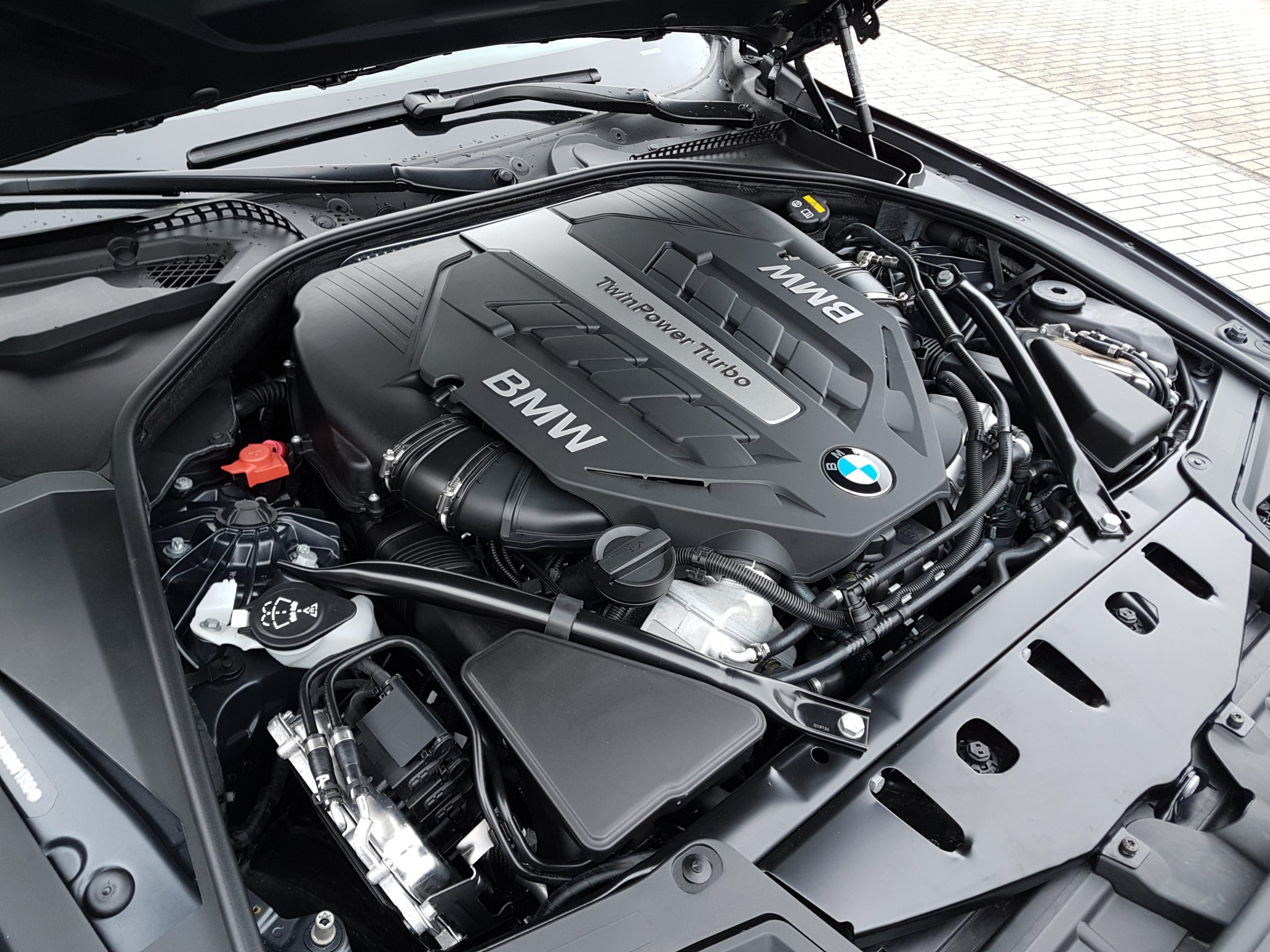Imagine walking up to an ATM and finding piles of cash just waiting for you. That’s the alarming reality revealed at the recent Defcon security conference, where six critical vulnerabilities were exposed in a widely-used ATM security solution. As reported by Wired, if left unpatched, these flaws could allow attackers to bypass hard drive encryption and take complete control of the machine, potentially dispensing cash to anyone savvy enough to exploit them.
The vulnerabilities discovered by independent researcher Matt Burch affect the Vynamic Security Suite (VSS) developed by Diebold Nixdorf, as reported by newsbytesapp. This software is a crucial component of the global ATM infrastructure, securing hard drives in an untold number of machines. The potential impact on ATM users and financial institutions is staggering.
While Diebold Nixdorf has released patches to address these vulnerabilities, the patch status among users remains unclear. Large institutions may not have updated their enterprise ATMs due to significant infrastructure initiatives, leaving some machines and cash-out systems potentially vulnerable.
As of now, there are no reported cases of ATM hacking directly linked to these vulnerabilities. However, the potential risks to users are significant, as exploiting these flaws could allow attackers to dispense cash from compromised ATMs.
It’s essential for financial institutions to take proactive steps to ensure the security of their ATMs and protect users from potential attacks. The estimated costs of updating and securing ATMs against these vulnerabilities are not publicly disclosed, but the financial burden on institutions is likely to be substantial.
The discovery of these vulnerabilities serves as a wake-up call for the ATM industry. It’s crucial for manufacturers and financial institutions to work together to address security flaws and implement robust measures to prevent similar vulnerabilities in the future. The safety of ATM users and the integrity of the global financial system depend on it.
Image credit: Wikimedia Commons





























